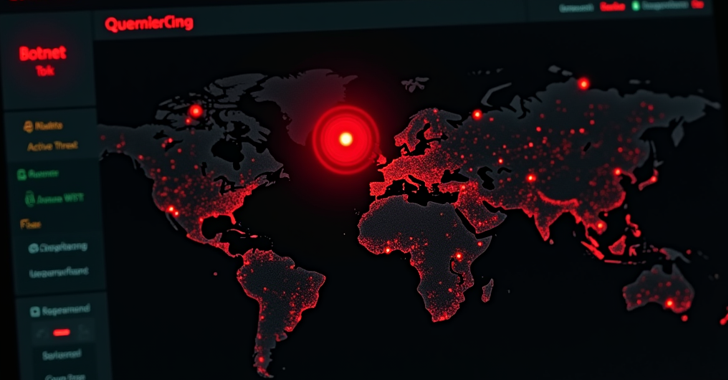New Mandrake Spyware Found in Google Play Store Apps After Two Years – OfficialSarkar
A new iteration of a sophisticated Android spyware called Mandrake has been discovered in five applications that were available for download from the Google Play Store and remained undetected for two years.
The applications attracted a total of more than 32,000 installations before being pulled from the app storefront, Kaspersky said in a Monday write-up. A majority of the downloads originated from Canada, Germany, Italy, Mexico, Spain, Peru, and the U.K.
“The new samples included new layers of obfuscation and evasion techniques, such as moving malicious functionality to obfuscated native libraries, using certificate pinning for C2 communications, and performing a wide array of tests to check if Mandrake was running on a rooted device or in an emulated environment,” researchers Tatyana Shishkova and Igor Golovin said.
Mandrake was first documented by Romanian cybersecurity vendor Bitdefender in May 2020, describing its deliberate approach to infect a handful of devices while managing to lurk in the shadows since 2016.

The updated variants are characterized by the use of OLLVM to conceal the main functionality, while also incorporating an array of sandbox evasion and anti-analysis techniques to prevent the code from being executed in environments operated by malware analysts.
The list of apps containing Mandrake is below –
- AirFS (com.airft.ftrnsfr)
- Amber (com.shrp.sght)
- Astro Explorer (com.astro.dscvr)
- Brain Matrix (com.brnmth.mtrx)
- CryptoPulsing (com.cryptopulsing.browser)
The apps pack in three stages: A dropper that launches a loader responsible for executing the core component of the malware after downloading and decrypting it from a command-and-control (C2) server.
The second-stage payload is also capable of collecting information about the device’s connectivity status, installed applications, battery percentage, external IP address, and current Google Play version. Furthermore, it can wipe the core module and request for permissions to draw overlays and run in the background.
The third-stage supports additional commands to load a specific URL in a WebView and initiate a remote screen sharing session as well as record the device screen with the goal of stealing victims’ credentials and dropping more malware.
“Android 13 introduced the ‘Restricted Settings’ feature, which prohibits sideloaded applications from directly requesting dangerous permissions,” the researchers said. “To bypass this feature, Mandrake processes the installation with a ‘session-based‘ package installer.”
The Russian security company described Mandrake as an example of a dynamically evolving threat that’s constantly refining its tradecraft to bypass defense mechanisms and evade detection.
“This highlights the threat actors’ formidable skills, and also that stricter controls for applications before being published in the markets only translate into more sophisticated, harder-to-detect threats sneaking into official app marketplaces,” it said.
When reached for comment, Google told The Hacker News that it’s continuously shoring up Google Play Protect defenses as new malicious apps are flagged and that it’s enhancing its capabilities to include live threat detection to tackle obfuscation and anti-evasion techniques.
“Android users are automatically protected against known versions of this malware by Google Play Protect, which is on by default on Android devices with Google Play Services,” a Google spokesperson said. “Google Play Protect can warn users or block apps known to exhibit malicious behavior, even when those apps come from sources outside of Play.”
Source: TheHackerNews









